Analysis of 9 Stubborn Issues with Truck Brake Drums: How Many Have You Encountered?
Although a series of mandatory policies issued by the state, such as GB 7258 Technical Conditions for Motor Vehicle Safety and JT/T 1178 Technical Conditions for Safety of Commercial Trucks, have encouraged the promotion and application of disc brakes, drum brakes remain the preferred configuration for over 90% of medium and heavy-duty trucks in China at this stage. As a core component of the vehicle's braking system, the brake drum is also a wear-and-tear consumable that requires replacement when worn to a certain limit. Most brake drum replacements occur at the end of their service life. However, improper production, processing, assembly, usage, or maintenance operations can lead to various stubborn issues with brake drums, necessitating the replacement of not only the brake drum but also related components, resulting in significant cost waste.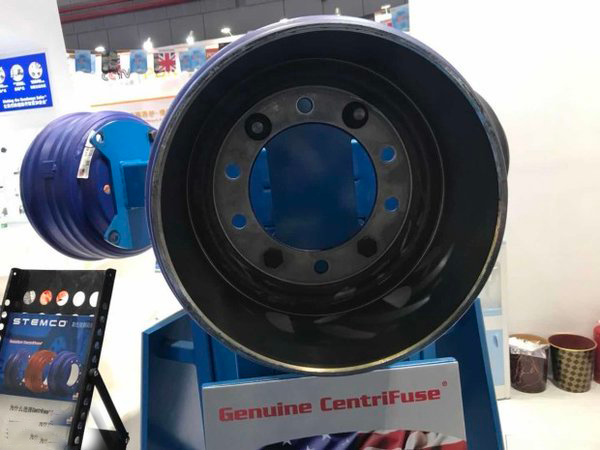
1. Uniform Excessive Wear
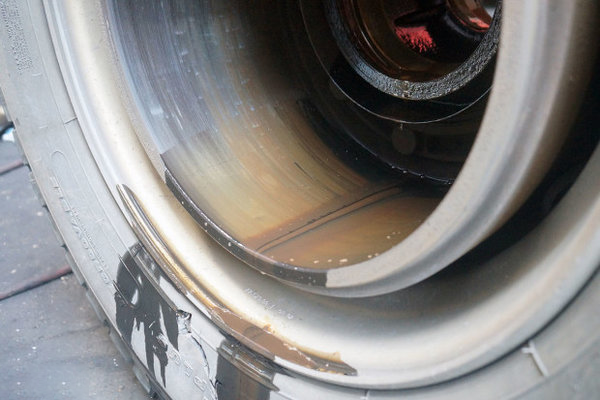
2. Unilateral Abnormal Wear
In some cases, obvious wear marks may appear on one side of the brake drum's inner circular surface, while the other side remains relatively unaffected. This is caused by misalignment between the brake drum and the brake assembly. Further analysis reveals that since the brake drum and hub are rigidly connected and rotate coaxially, if the hub shows no abnormalities, the likelihood of both the brake drum and hub rotating eccentrically is low. Instead, more consideration should be given to the installation accuracy of the brake shoes, requiring a thorough inspection of components such as the brake backing plate, brake support plate, and brake shoe pins.
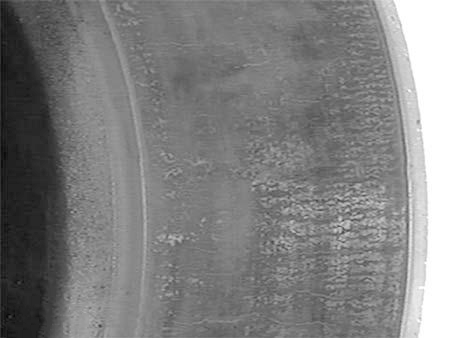
3. Uniform Thermal Cracks
Prolonged heavy-duty downhill braking can lead to insufficient heat capacity of the brake drum, resulting in uniform and fine 龟裂纹 (turtle shell cracks) on the friction surface. These cracks will continue to propagate, lengthen, and deepen. Replacement is necessary when crack lengths reach 30–40 mm; otherwise, severe failures such as brake drum cracking may occur, affecting normal vehicle operation.
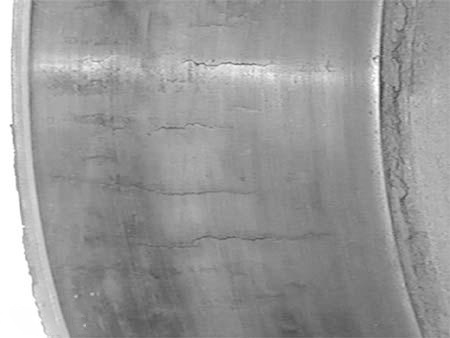
4. Local Heat (Black) Spots
Uneven heating of the brake drum may cause local heat (black) spots. These can appear as uniform parallel rings covering the entire friction surface or as evenly distributed small circular spots in larger local areas. This is primarily caused by uneven wear due to material or structural defects in the brake drum. Prompt replacement is required when such spots become prominent.

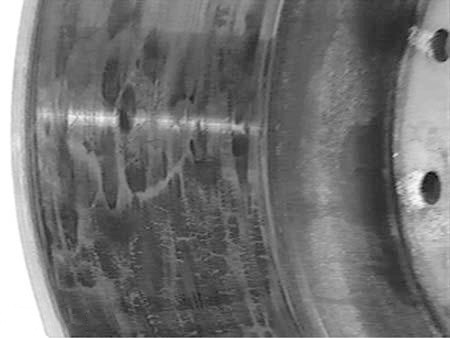
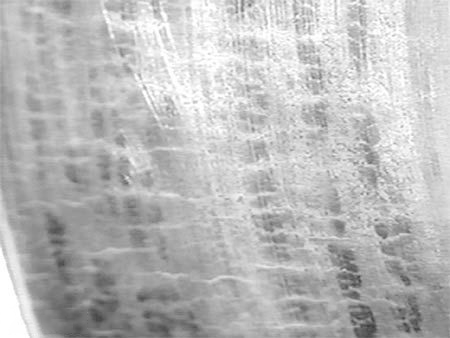
5. Brake Drum Grooving
Grooving refers to deep indentations, scores, or slots formed on the inner circumferential working surface of the brake drum, with a depth exceeding 2.5 mm and a width exceeding 0.8 mm. This occurs when abnormal wear of the friction lining exposes its rivets, which then scrape against the drum surface to form grooves. In such cases, both the brake drum and friction lining must be replaced simultaneously.

6. Brake Drum Bluing
A blue discoloration on the inner circumferential working surface indicates that the brake drum and brake assembly have likely suffered damage or deformation. Bluing confirms that extremely high temperatures were generated during operation. Relevant components must be carefully inspected and analyzed, with all failed parts thoroughly replaced.
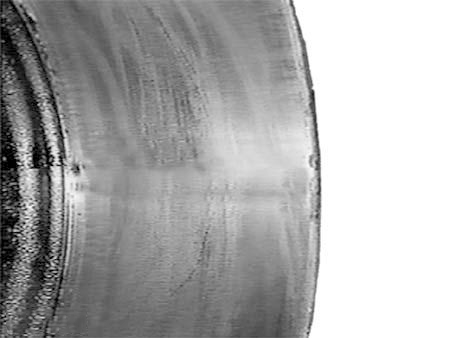
7. Brake Drum Base Separation
The brake drum and hub are connected via a ring of flange bolts (also wheel bolts), through which the braking force generated by the drum is transmitted to the hub to restrict wheel rotation. "Base separation" refers to the detachment of the drum's circumferential working portion (cylinder) from its flange portion (disc), causing brake failure. This is primarily attributed to improper structural design or material selection during the brake drum's manufacturing process.
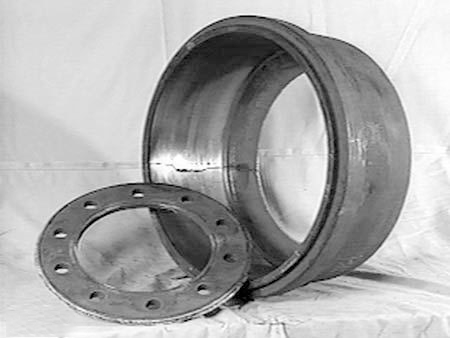
8. Wear of Brake Drum Bolt Holes
Wear of the brake drum's bolt holes typically occurs when flange bolts (wheel bolts) are not fully tightened, causing the drum to radially and axially shift relative to the hub, resulting in impact-induced abnormal wear and deformation of the bolt holes. This also leads to irreversible severe failures in wheel bolts, hubs, and other related components, requiring full replacement of all affected parts.

9. Hub Grease Contamination
If hub oil seal failure causes lubricating oil/grease to be thrown onto the brake drum's inner working surface and is not promptly addressed, the oil/grease will further infiltrate the drum's surface. This damage is irreversible, as the oil/grease penetrates into the drum's interior, disrupting the working friction pair formed by the drum's inner surface and the friction lining. This poses a high risk of vehicle safety failures, necessitating immediate replacement of the brake drum.

